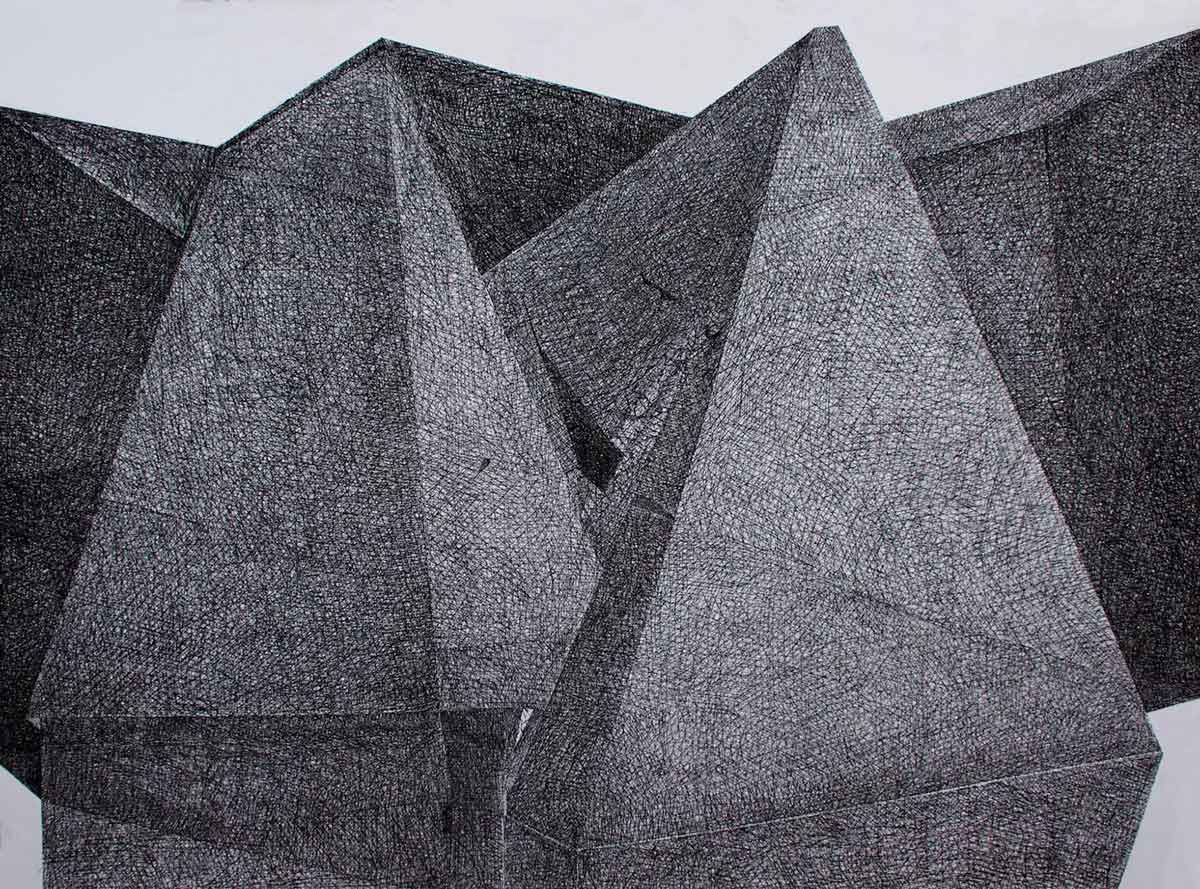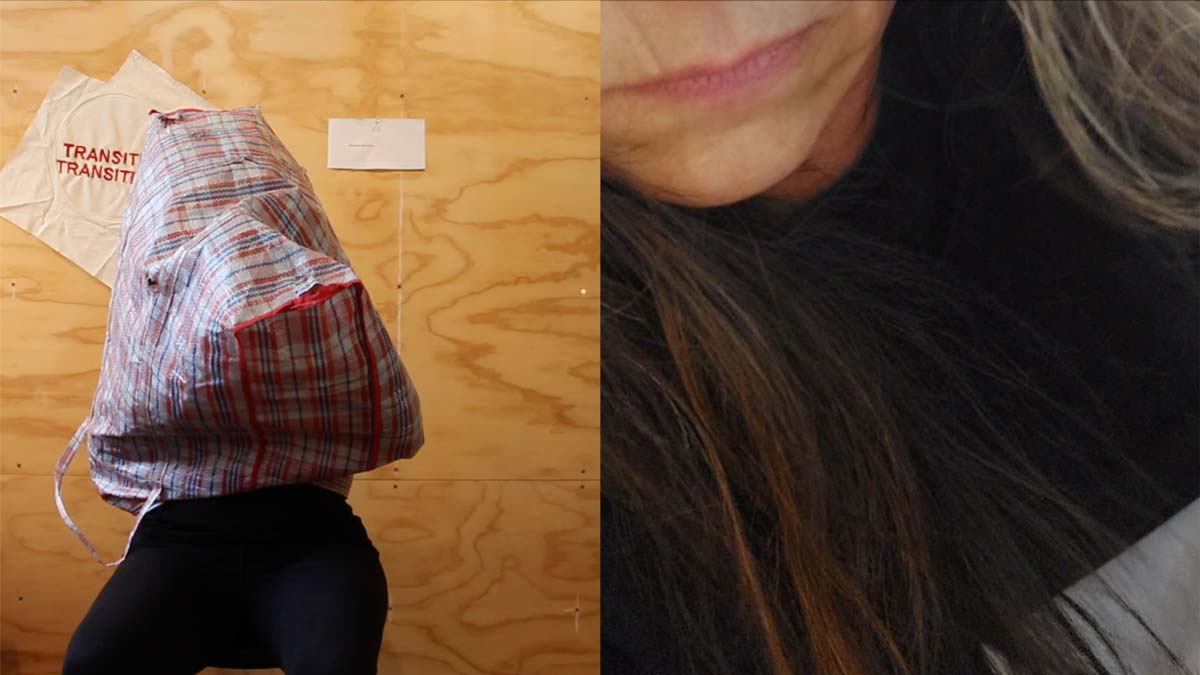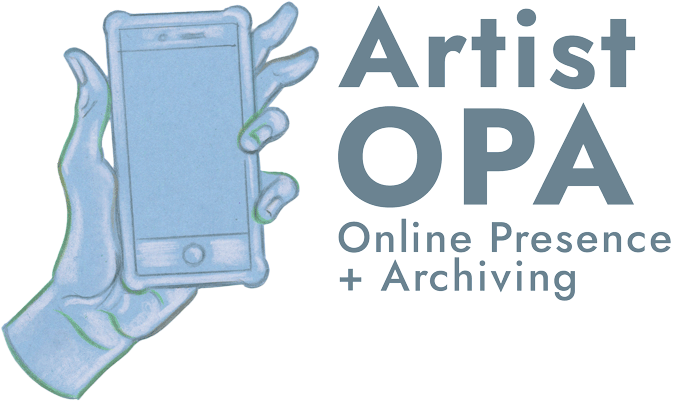D.3 Diasporic Art Practices Inside/Outside the White Cube
Fri Oct 20 / 15:15 – 17:00 / KC 201
chair /
- Casey Wei, School of Contemporary Arts, Simon Fraser University
This panel is interested in conversations about how Art functions as a site for representations of diaspora. While the social sciences offer plenty in terms of historical and theoretical frameworks, how are work in these disciplines interpreted and manifested in artworks by artists who identify from diasporic communities; and vice versa, how do artworks by artists who identify from diasporic communities contribute to the discourses of diaspora studies? This panel is particularly interested in intersectionality of artworks and art practices that operate and live both within and beyond traditional modes of art presentation (i.e., a gallery/museum/institution/cinema).
keywords: diaspora, ethnography, cross-cultural, inter-cultural
session type: panel
Casey Wei is an interdisciplinary artist, musician, and writer based in Vancouver, BC, on the unceded Musqueam, Squamish, and Tsleil-Waututh territories. She is a PhD candidate in Contemporary Arts at Simon Fraser University, where her practice-based research in film-making, writing, and performance is informed by participatory activities such as editing, publishing, and programming. Recent works include the book Tuning to Oblivion: an artist residency (M:ST Performative Art, 2023), and the album Stimuloso (Mint Records, 2022) with her band, Kamikaze Nurse. She is the co-founder and editor of ReIssue magazine and Short Forum Programmer at the Vancouver International Film Festival.
Cartographies of Relationality: Mapping Queer Affects and Diasporic Identities in the Art of Chinese Diasporas
- Wai-Chi (Gigi) Wong, Faculty of Information and Media Studies, Western University
My paper examines how queer belongings emerge and circulate within queer Chinese diasporas in the context of diasporic art. It aims to understand the intersection of queerness, photography, diasporic experiences and identities, and digital media, with attention to the ways in which the bodies and narratives of queer Chinese diasporans constitute one another.
Particularly, my paper reimagines a sense of queer Asian-ness (Chen, 2010) through investigating how visual records of queer experience within the Asian diasporic communities are inscribed within the materiality and performativity of diasporic art and diasporic artists’ artmaking practices. In my paper, I attempt to use digital ethnography to inquire about how different transmedia artistic practices of enacting queerness are mediated within the artworks of queer diasporic artists. It looks at how intimate encounters with photographic and multimedia installation art can engender affective sociality and foster solidarity (Gandhi, 2006). In doing so, I explore the ways in which research at the intersection of diasporic art, affect, and queerness (Ponzanesi, 2020) can enable us to mediate and translate how queer Chinese diasporans relate to each other and to their own bodies.
Drawing on affect theory, performance and diasporic studies, my paper conducts a connective ethnographic analysis of queer diasporic artmaking practices highlighting the queer Chinese diasporic bodies by using specific examples from diasporic Chinese artists like Ka-Man Tse (US/Hong Kong), Mengwen Cao (China/US), Andrew Thomas Huang (US) and Lu Yang (China/Japan) as case studies. I ask how the politics of intimacy that shape queer Asian diasporans’ desires, histories and affinities are being conveyed through visual and digital aesthetics.
keywords: diasporic art, queer Chinese diasporas, queer diasporic affect, transcultural, intersectionality
Gigi Wong is a PhD student in Media Studies at Western University, Canada. She holds a MA in Film Studies from Carleton University, Canada. Her research interests include diasporic studies, contemporary Chinese art, gender and sexuality studies, queer cinema and media, Chinese and East Asian cinema and screen cultures, affect and phenomenology, new and immersive media (Virtual Reality and Augmented Reality).

Simranpreet Anand, ਊਚ ਨੀਚ ਬਿਕਾਰ ਸੁਕ੍ਰਿਤ ਸੰਲਗਨ ਸਭ ਸੁਖ ਛਤ੍ਰ ॥ ਮਿਤ੍ਰ ਸਤ੍ਰੁ ਨ ਕਛੂ ਜਾਨੈ ਸਰਬ ਜੀਅ ਸਮਤ ॥ uooch neech bikaar sukirat sa(n)lagan sabh sukh chhatr || mitr satr na kachhoo jaanai sarab jeea samat ||, 2021, Chandoa Sahib, Rihal, Chaur Sahib, plastic marigolds, plastic rose petals, white sheet. Photo by Rachel Topham Photography. Courtesy of the artist.
Thinking Beyond the Frame of Representation
- Simranpreet Kaur Anand, University of Michigan Stamps School of Art and Design
My artistic work is shown in traditional art viewing settings yet the Punjabi-Sikh diaspora is central to the concept, process, presentation, and discursive events/materials around my work. Instead of producing work that aims to represent my community I choose to delve into culturally specific concepts and histories. In my experience representation presents a reductive narrative of communities that are diverse within themselves. I will discuss my process via the case study of my touring exhibition ਸ਼ੀਸ਼ੇ ‘ਚ ਤਰੇੜ | sheeshe ‘ch thareṛ | a crack in the mirror to exemplify my methodology.
Much of the work in this exhibition was created with community consultations that engaged more than a dozen individuals from the Punjabi communities in Surrey and Vancouver. In creating the work I considered entry points for those who might not be well versed in “artspeak” this includes materials, language, and gestures that someone from my community would recognize. The exhibition showed first in Abbotsford and is currently in Brampton, both have dense Punjabi populations that could access the work. As part of my process I created texts and voice recordings in Punjabi to describe the work; these were not translations of the curatorial texts and were specifically written for a Punjabi audience. At each stop of the tour I have engaged Punjabi radio, television, and reached out to organizations and individuals within the diasporic community. Discursive programs include talks and events that are bi-lingual or cater specifically to community in other ways.
keywords: community, diaspora, culture, artist, representation
Simranpreet Anand is an artist, curator and cultural worker creating and working between the unceded territories of the Kwantlen, Katzie, and Semiahmoo peoples (Surrey, BC) and the lands of the Anishinaabeg: The Three Fire Confederacy of the Ojibwe, Odawa and Potawatomi Nations (Ann Arbor, MI). Her art practice interrogates the so-called neutral audience in multicultural society. To accomplish this, she uses materials—particularly textiles, language, performative gestures, and photographs—that resonate beyond the typical art gallery context. Her practice is informed by familial and community histories, often engaging materials and concepts drawn from the histories of Punjab and the Punjabi diaspora, and their disruption by colonialism and forced migration. She holds a BFA with Honours in Visual Arts along with a second major in Psychology from the University of British Columbia and is currently working towards an MFA at the University of Michigan.

Behnaz Fatemi, Abortion, black pen on paper, 70x100cm, 2022. Courtesy of the artist.
Beyond Boundaries: Navigating Identity, Politics, and Diaspora
- Behnaz Fatemi, University of Waterloo
As an Iranian woman artist who has experienced the complexities of life under an oppressive regime, my journey to Canada in search of a better life has profoundly shaped my Triangle Series, exploring themes of identity, politics, social justice, and diaspora. Having encountered the limitations and restrictions on freedom of expression in Iran, coupled with the language barrier upon immigrating to Canada, art has become my navigational tool, allowing me to speak and express myself authentically.
Drawing inspiration from Homi K. Bhabha's theoretical frameworks of cultural difference and the Third Space, I strive to construct a hybrid artistic space that synthesizes my Iranian heritage with my encounters in Canada. Through the transformative power of art as an instrument of resistance and political commentary, my Triangle Series metaphorically incorporates the missing history, culture, and geometrical architectural backdrop of my past, translating into a sense of being in diaspora.
This series shifts the focus from contemplation of others within Iran to an introspective exploration of my Canadian experiences, encapsulating the challenges of establishing oneself in a new environment through a distinct angular structure characterized by sharp-edged triangles, symbolizing a protective mechanism for preserving one's sense of self. By utilizing triangles and three-sided pyramidal sculptures as stable and symbolic forms representing safety and shelter, I depict the dichotomy between external control and internal liberation prevalent in oppressed societies, while concealing and safeguarding my thoughts within the pyramids.
keywords: diaspora, freedom of expression, third space, identity, social justice
Behnaz Fatemi is an Iranian artist who relocated to Canada in 2018. She holds a BFA in painting from Iran and is currently pursuing her MFA in studio arts at the University of Waterloo. With an interdisciplinary approach, Fatemi explores various mediums, including drawing, sculpture, video, and installation, to investigate the connection between humans and their behaviors. Her exploration seeks to answer the question of how human sensibility interconnects with topics such as society, politics, religion, and personal beliefs. Fatemi's work has been showcased in group and solo exhibitions across Iran and Canada. She served as the 2020-2021 Kitchener Artist in Residence and received the Emerging Artist award at the 2020 Arts Awards Waterloo Region. Fatemi has been the recipient of several grants, including the Region of Waterloo 2023 Art Funds and Pat the Dog, for her proposal exploring the lived experiences of immigrants in oppressive regimes. Her work will be featured in the 2023 CAFCA biennial.

Bojana Videkanić, Istranzicionisana/Transitioned-Out (video still). 14:45, 2022. Courtesy of the artist.
Transitioned-Out: Politics of Sitting In-between
Bojana Videkanić, University of Waterloo
Iztranzicionisana or Transitioned Out is a long-term multidisciplinary artistic project encompassing performance, poetry, drawing, video, and installation work. The series deals first with the history of the breakup of Yugoslavia and its ensuing social chaos (mass murder, refugee crisis, destruction of urban and industrial and rural areas, destruction of social bonds, etc.), connecting it to the post-Yugoslav economic and social ‘transition’ from socialism to forms of wild capitalism and neo-colonialism which were initiated in the 1990s after the breakup of the country.
My own story of becoming a refugee and ending up as an immigrant in Canada is woven into the background of the project. Ultimately, the work connects these 30-year-old historical processes of dispossession and destruction in the Balkans to more recent events of the so-called refugee crisis which saw thousands of migrants fleeing their countries in Asia, Africa, and the Middle East trying to traverse ex-Yugoslav region (the Balkan Route) to come to the Western Europe. The crux of the work, however, is my own positioning as a diasporic artist who thinks and works in-between—currently situated in the so-called First World, but looking at the neo-colonial devastation happening back in my home country which is situated in the Second-Third World. This in-betweenness of diasporic artistic experience and practice is what my presentation will address, linking my personal work to work of other contemporary artists who are diasporic and addressing similar questions from the space of in-between.
keywords: diasporic performance, neo-colonialism, capitalism, Balkanse
Bojana Videkanić is an artist, curator, and an art historian born in Bosnia and Herzegovina/ former Yugoslavia. Videkanic is an Associate Professor of contemporary art and visual culture in the Department of Fine Arts at the University of Waterloo. Her art historical research focuses on the 20th-century socialist art in Yugoslavia and its contributions to the rise of global modernisms through Yugoslavia’s participation in the Non-Aligned Movement and anti-colonial cultural practices. Her book Nonaligned Modernism: socialist postcolonial practices in Yugoslavia, 1945-1985 was published by McGill-Queens University Press in 2020. Her artistic practice is based in performance art, video, text and installation. Her work mines personal experiences of displacement, movement, and identity as these intersect with larger political, social and cultural questions. Her most recent work deals with the transformation of her native country into a lawless zone for the development of various neoliberal capitalist projects and new forms of colonization. Videkanic is a board member of 7a*11d International Performance Art Festival, Toronto, and sat on several boards of galleries and artist-run centres.

